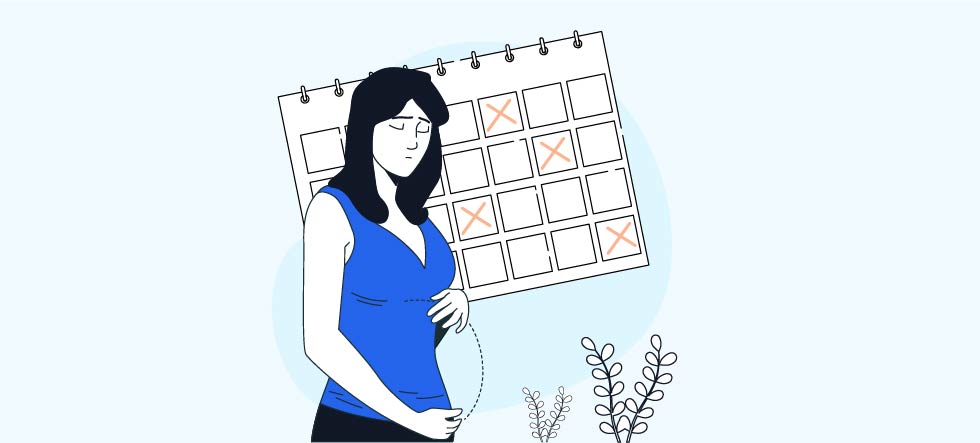Maternity claims in health insurance policies: Understanding coverage and claim process

Motherhood is a joyful experience for a couple. After a nine-month-long wait, you get your bundle of joy. This is also a period of considerable anxiety and expenses for a family. Consider this – there are multiple doctor visits and scans to evaluate the progress of pregnancy and medication from time to time. The delivery itself is an expensive procedure if you are opting for branded hospitals. In neighbourhood hospitals, it may cost relatively less. General experience has been that Caesarean delivery is costlier than Normal delivery; however, some hospitals have started the practice of charging the same package cost for Caesarean and Normal Delivery. In this article, we will delve into maternity claims in health insurance covers, including claims for expenses related to consultation, pharmacy and investigations before and after delivery (pre and postnatal).
Terminologies
- Caesarean section / C-section / Caesarean delivery – This Kind of delivery is done using a surgical procedure
- Normal Vaginal delivery – Natural method of delivery without any surgical intervention. For the insurance claim, Forceps delivery and vacuum extraction are covered within the scope of Normal Delivery.
Maternity coverage in health insurance policies
Coverage for Maternity or Delivery is optional in an insurance plan. This means that not every insurance policy will cover the cost of delivery. Along with delivery costs, some policies cover expenses related to pre-delivery and post-delivery consultations, checkups and medicines.
Maternity cover for pre & post natal expenses
This is one benefit most couples overlook when they claim for delivery. This benefit entitles the claimant to recover the cost of doctor consultations, lab investigations (blood, urine tests etc), scans (ultrasound) and medicines from their insurance policy.
Bear in mind that pre and postnatal expense (PPNE) cover is not available to everybody even if their policy covers maternity. Hence it is important to check in your policy whether it is covered, and if yes, what is the limit prescribed.
Generally, wherever PPNE is covered, its limit is defined on 2 parameters –
- Number of days before and after delivery during which the expenses are covered
- Limit on the amount of PPNE cover. Most policies would define PPNE cover as Rs. 5000 -10000 within the maternity capping. Some policies cover PPNE within maternity limit but without limitation on how much you can claim towards PPNE. In very few policies, the PPNE amount is given over and above the defined maternity limit.
- Therefore, it is essential that you ask your insurer about these details.
Maternity claim from multiple policies
Most working couples have maternity cover from each of their employers. Some of such couples even have a third insurance policy which they have purchased apart from group insurance cover. This third policy may also have maternity cover.
Insurance rules allow you to split your delivery expenses to any number of policies as long as the cover amount is available.
Consider this real-life example. Ayesha (name changed) is covered under the HDFC Ergo policy from her employer. C-Section delivery is covered in this policy for Rs 40000. Ayesha’s husband works in an MNC where he has a policy with Medi Assist as TPA. This policy provided Rs 50000 cover for C-Section. None of these cover PPNE expenses. Ayesha had purchased Religare’s Joy Today plan with a cover of Rs. 35000 for C-Section delivery. This plan also covered PPNE within this limit of 35000 without separate capping on PPNE.
Ayesha’s delivery bill was Rs 80350 and she had incurred Rs 34600 towards PPNE expenses. Ayesha got 50000 first from a claim to Medi Assist, and then the remaining 30350 delivery expense was claimed from her HDFC Ergo policy. She claimed her PPNE expenses from Religare. All claims were successful.




